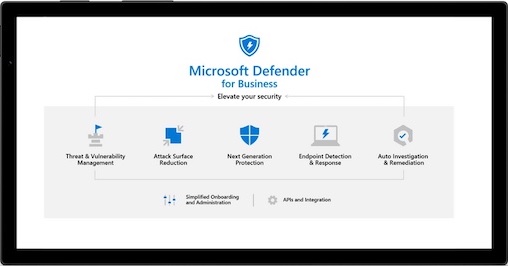10 Checkpoint Firewall Security Best Practices While Travelling
Traveling exposes devices and data to new security risks. A Checkpoint firewall provides the protection needed to defend against potential cyber threats. By implementing best practices, travelers can ensure their digital security remains intact throughout their journeys. This guide outlines 10 key strategies for using checkpoint firewall security effectively while traveling.
1) Keep software and checkpoint firewall updated
An outdated checkpoint firewall or software opens the door to security vulnerabilities. Ensure your Checkpoint firewall is updated regularly. Security patches and updates address emerging threats and strengthen the firewall’s defenses. Enabling automatic updates ensures that your firewall runs the latest version, reducing the chances of being targeted by hackers.
2) Enable VPN for secure connections
Using public Wi-Fi while traveling increases the risk of cyberattacks. Always enable a virtual private network when connected to unsecured networks. The Checkpoint firewall integrates seamlessly with VPN solutions, creating a secure tunnel for your data. A VPN encrypts internet traffic, preventing hackers from intercepting sensitive information like passwords or financial details.
3) Implement strict access control policies
Limiting who can access your devices and network is a key defense strategy. Use your Checkpoint firewall to configure strict access control policies. Restrict access to sensitive data and services, ensuring that only authorized individuals can use the network. This is especially important when traveling to regions with heightened security risks.
Use multi-factor authentication
Multi-factor authentication adds another layer of security to your devices. Activate MFA for all accounts and devices that support it. When combined with the protection of a Checkpoint firewall, MFA makes unauthorized access much harder. Even if a hacker manages to acquire login credentials, MFA ensures that an additional factor is required for access.
4) Secure remote desktop access
Many travelers need remote access to work networks or servers. When using remote desktop services, configure your Checkpoint firewall to only allow secure connections. Use strong passwords and encryption to protect remote desktop protocols. Ensuring that remote access is tightly controlled reduces the risk of exposing your network to attacks during travel.
5) Monitor and block suspicious activity
Traveling may involve connecting to unfamiliar networks, which can increase the chances of encountering malicious activity. Regularly monitor your firewall’s logs to detect suspicious activity. Checkpoint firewalls provide tools for real-time analysis and alerts. Enable automatic blocking for any suspicious connections, reducing the potential impact of any threats.
6) Establish a secure network at accommodation locations
Hotels, cafes, and airports are known for their public Wi-Fi networks. When staying in these places, use your Checkpoint firewall to secure your device and data. Set up a personal hotspot or rely on a mobile VPN for an extra layer of protection. Avoid using hotel Wi-Fi for sensitive tasks like online banking or making purchases.
7) Encrypt your data
Encryption ensures that any data sent or received is unreadable to anyone who intercepts it. Checkpoint firewalls offer encryption features that protect data on the move. Enable encryption for all critical communication, especially when traveling internationally. This ensures that sensitive data remains safe from unauthorised access, even if the network is compromised.
8) Create network segmentation for different devices
Traveling often involves connecting multiple devices to the internet, from smartphones to laptops. Use your Checkpoint firewall to implement network segmentation. This isolates each device on its own secure subnet, preventing one compromised device from affecting others. For example, isolate devices used for banking from those used for browsing to limit exposure.
9) Activate intrusion prevention system
An intrusion prevention system proactively detects and blocks potential security threats in real time. Enable IPS on your Checkpoint firewall to monitor network traffic for signs of malicious behavior. The IPS can identify common attack methods, including malware and viruses, and block them before they cause damage. This is particularly useful when traveling in areas with higher cyber risk.
10) Backup and recover your data regularly
While a firewall is crucial for preventing attacks, it is also important to have a data recovery plan. Regularly back up your data to a secure cloud service or external device. In case your device is compromised while traveling, you can quickly restore your data. Checkpoint firewalls help prevent data loss by blocking unauthorised access, but backing up data ensures a complete recovery plan.
Stay informed on emerging security threats
Cyber threats are constantly evolving. Stay informed about the latest security trends, threats, and updates by following reliable cybersecurity sources. Your Checkpoint firewall should be part of a larger security strategy, which includes staying current with industry trends. Regularly check for updates and advisories to ensure your security measures are up-to-date, especially when traveling to regions with known cybersecurity threats.
Traveling securely with checkpoint firewall protection
Using a checkpoint firewall while traveling enhances your cybersecurity and reduces the risks of data theft and cyberattacks. By following these best practices, you can secure your devices, data, and network throughout your journey. The combination of a robust firewall, encryption, VPN, and continuous monitoring ensures that you stay protected from potential security breaches.





